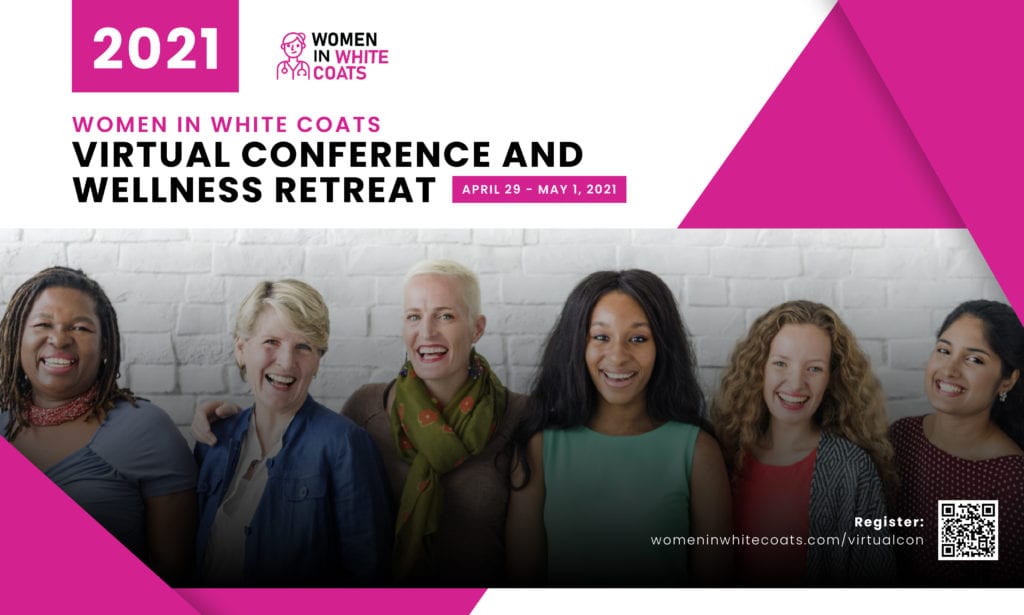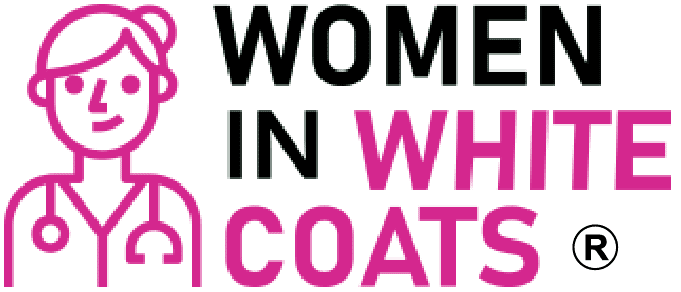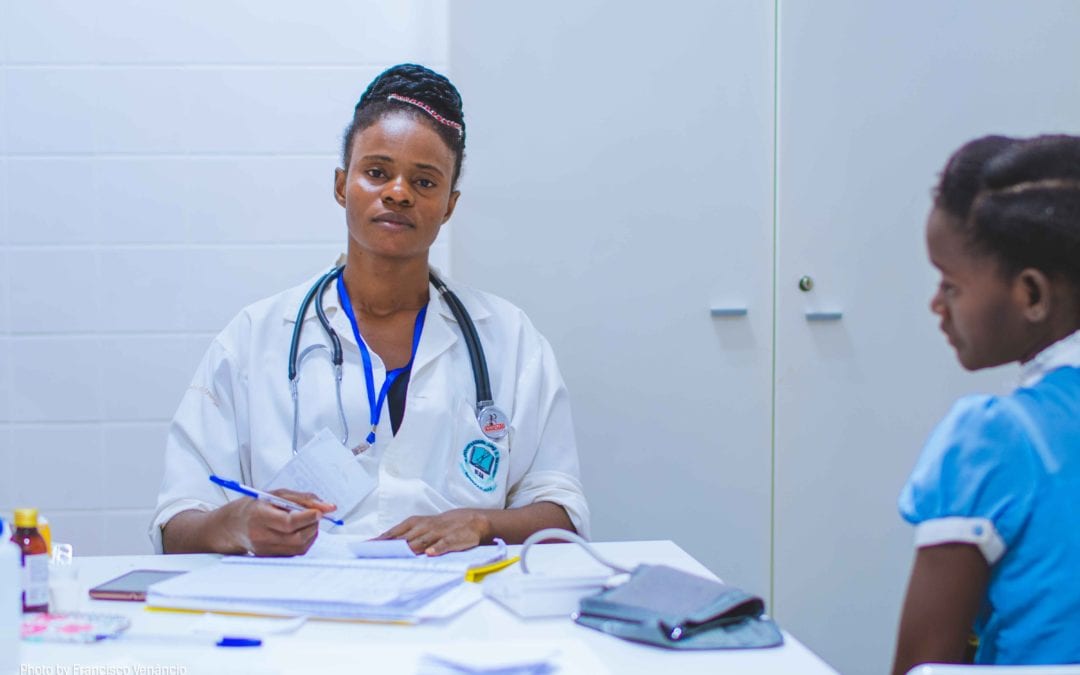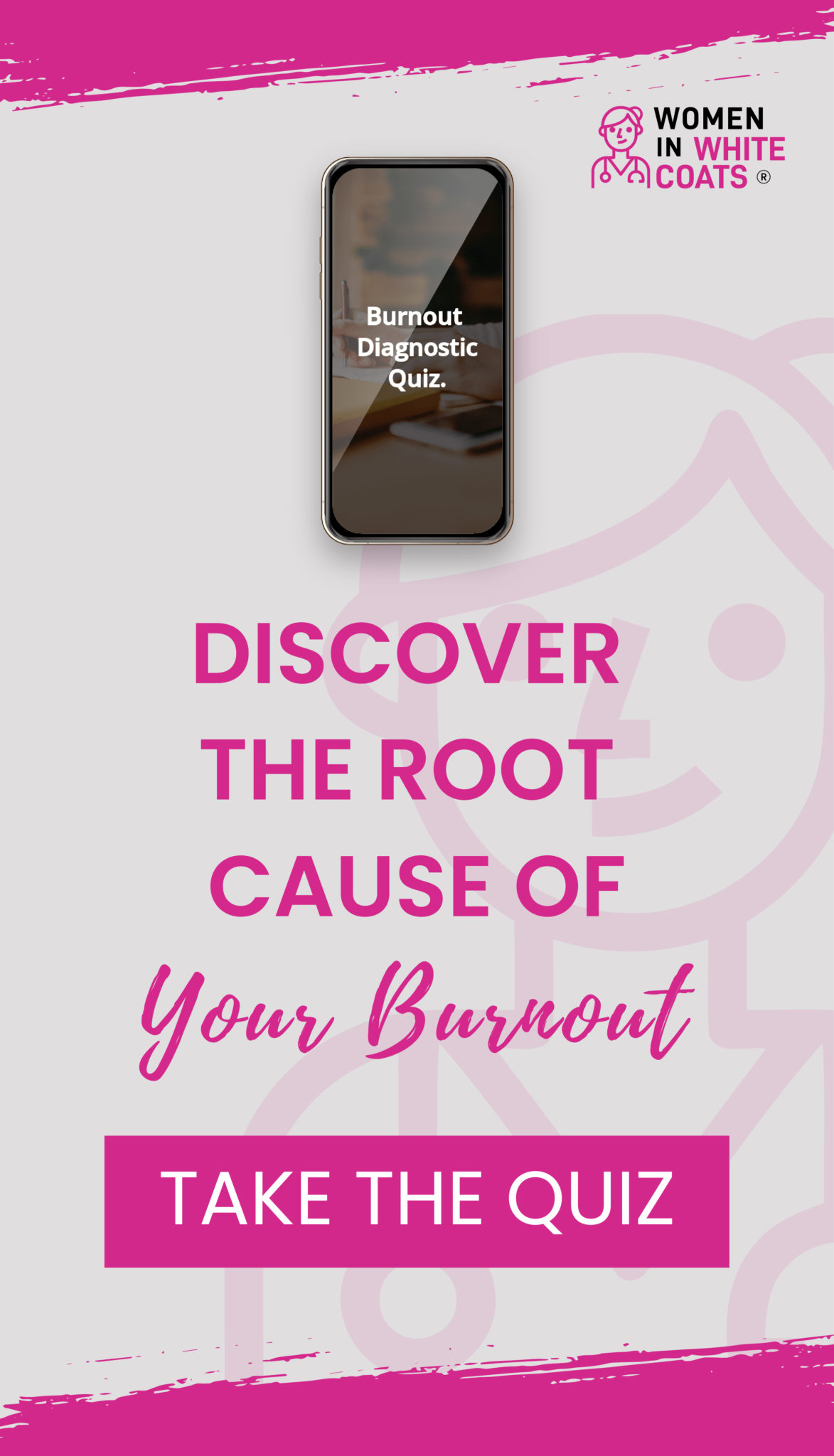The CDC defines health care disparities as “preventable differences in the burden of disease, injury, violence, or opportunities to achieve optimal health that are experienced by socially disadvantaged populations.” The current COVID-19 pandemic has highlighted the issue of healthcare disparities in our nation. Although black people make up the minority of the US population, we have suffered the majority of deaths and severe illnesses from COVID-19. This disease has disproportionately impacted our communities. And, unfortunately, this is not a new phenomenon. Healthcare disparities have existed for decades.
African-Americans have worse outcomes than whites for many disease states, including cancer, diabetes, HIV/AIDS, high blood pressure, and heart and lung diseases. We are up to three times more likely to die from heart disease and stroke than our white counterparts. Black women are twice as likely to die during pregnancy or the postpartum period than white women. Mental health disorders are also prevalent in the black community but are less likely to be treated.
Why the disparity?
Racism. Whether you believe it or not, racism is still alive and very real in our country. And it creates a significant barrier for minorities seeking medical care. Some physicians hold misconceptions about African-Americans that contribute to the health disparities in our nation. There is the belief that black patients have “thicker skin” or “tolerate pain” better than other races. Some clinicians still assume that illnesses such as hypertension, diabetes, and heart disease are simply “genetic,” and there is not much that can be done for them. This leads to inadequate treatment and the withholding of potentially life-saving therapies in some cases. In 2021, receiving unequal care is still an issue in the black community.
Mistrust and Access to care. African-Americans are less likely to have access to the healthcare they need. This can be due to money, insurance coverage, or simply living in a community without a physician nearby. Studies have shown that black patients are also more likely to be open, accept and comply with the care plan, and trust their physician if they are black. This is likely because of the controversial experimentation on blacks in US history, leaving many to have a general mistrust of physicians of other races. So, if there is no physician in the area that looks like them, black patients may avoid medical care altogether.
Lack of Resources. Regarding COVID-19, many black communities have a hard time finding the items they need to keep themselves safe (such as masks, hand sanitizer, cleaning supplies, etc.). Many black community members serve as “essential workers” and don’t have the opportunity to work from home. Thus, they risk exposing themselves and their families to this deadly virus every single day. Often, their households also consist of many generations (children, parents, and grandparents) – increasing the risk of exposure and severe illness to the elderly population. Consequently, the people that are the most vulnerable to severe disease from COVID-19 have the least protection from it.
Many black people live in communities without good grocery stores and access to healthy foods. They are also less likely to have safe parks, recreation centers, or gyms for children to play and adults to remain active. The combination of unhealthy foods and lack of physical activity contributes to the obesity, hypertension, high cholesterol, and heart disease that plague our community.
Education. Studies have shown that health disparities are also related to the level of education. African-Americans have higher high school drop-out rates than whites, which widens the health disparities gap and increases the risk of severe disease. Lack of education can also lead to misunderstanding of the medical treatment plan, leading to worse health outcomes.

How can we get rid of these health disparities?
More black doctors. Only 5% of physicians in the US are black, compared to the >50% white. If black patients are more comfortable with and have better health outcomes with black doctors, we need to be more available in their communities. As physicians, we can help make this a reality by mentoring young black children and encouraging them to pursue careers in medicine. Our children need the exposure and the realization that a career in medicine is possible for them.
More blacks in leadership roles. African-Americans must have equal representation when it comes to policies that relate to them – especially healthcare. A black physician in a leadership role has a unique perspective and can better connect to and advocate for their community.
Cultural training for physicians. If you are a physician caring for someone from a different cultural background, it is crucial to learn about their culture. Understanding their beliefs and cultural practices will help you to relate better and provide meaningful care. Get rid of any biases, stereotypes, and misguided, preconceived ideas that you hold. Physicians simply need to know how to deliver culturally competent care to create an environment of trust, openness, and understanding. That way, our patients can achieve the positive outcomes they deserve.
Improving health care delivery and access. Our communities need us as physicians, and we must be available to them. Consider working or volunteering in an underserved area to increase access to excellent healthcare—petition for a clean environment, healthy foods, and safe parks and gyms in these communities. We have to be advocates for those who may not be able to advocate for themselves.
Getting rid of health disparities will not happen overnight. It requires a collective, constant effort between all medical team members and the community to make it happen. We all need to work towards this common goal to improve the health outcomes for the populations we serve.
Petra McEwan, MD, FAAP, IBCLC, is a practicing Pediatrician and Lactation Consultant in South Florida, where she lives with her husband and five kids. She is also a Women in White Coats Fellow. On her website, https://www.wifeymommydoc.com, she helps working wives and moms balance their many roles. She can be followed on Instagram @wifeymommydoc.




